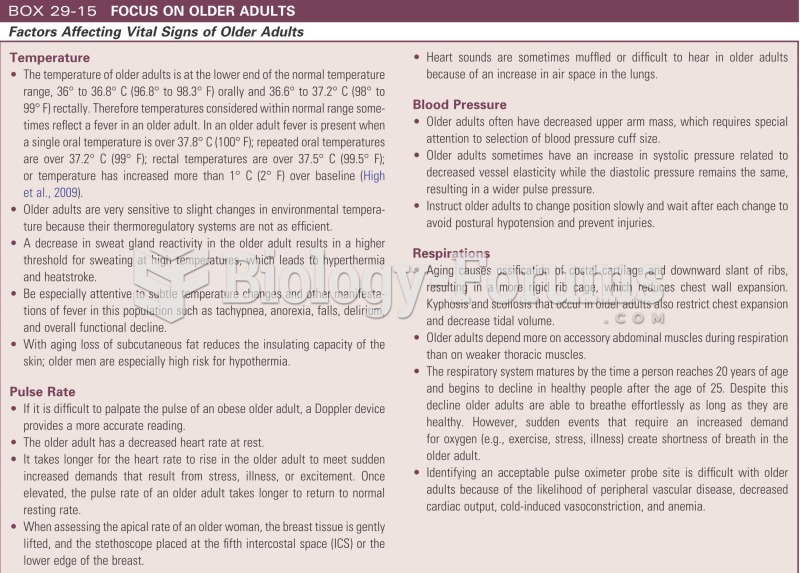Answer to Question 1
False
Answer to Question 2
Medical services in the United States are organized into four basic components: physicians in private practice, group outpatient settings, hospital settings, and public health services.
Physicians in individual or solo practice are, proportionately, more often found in rural than in urban areas. Such a physician is usually a general practitioner who is trained to provide treatment for the more common medical ailments. Supervision of general practitioners is minimal or nil; they are primarily accountable only to patients. Except through referrals for consultation and occasional use of laboratories and hospitals, a physician in private practice works in relative isolation from colleagues.
Group outpatient settings can be organized in several ways. A group of general practitioners may share facilities, such as a waiting room, examining rooms, and a laboratory. Or each physician within a group may have a different specialty and complement the skills of the others. Because medical knowledge and treatment techniques have become so vast and diverse, it is now impossible for a physician to have in-depth knowledge of all areas. Another type of outpatient setting is one in which a third party (a university, union, business, or factory) employs a group of physicians to provide medical care for its constituency. In still another type, a group of doctors with the same specialty (for example, neurological surgery) provide services in the same facility.
A third subsystem of health care is the hospital setting, which has a wide range of laboratory facilities, specialized treatment equipment, inpatient care facilities, and highly skilled technicians. Hospitals employ diverse and numerous medical personnel. A hospital is generally the center of the medical care system in communities. Because of the spiraling costs of hospital care and the lack of sufficient beds, many communities have nursing homes and convalescent homes for people who require fairly extensive medical care but not inpatient hospital attention.
Public health services are organized on five levels: local (city or county), regional, state, national, and international. The majority of public health services in a community are provided through local health programs. The priorities in public health keep changing; as success is achieved in dealing with one problem, other problems emerge that demand attention. Public health services have virtually eliminated a number of communicable diseases in this country, such as tuberculosis, polio, and smallpox.
 The explosion of the Maine in Havana harbor, killing 260 men, caused much speculation in the newspap
The explosion of the Maine in Havana harbor, killing 260 men, caused much speculation in the newspap
 The vast majority of older adults live in their own homes, even when they need special equipment or ...
The vast majority of older adults live in their own homes, even when they need special equipment or ...





